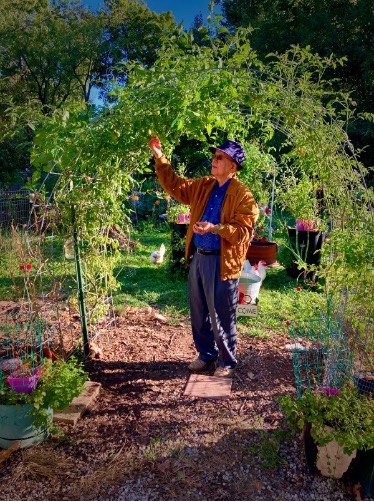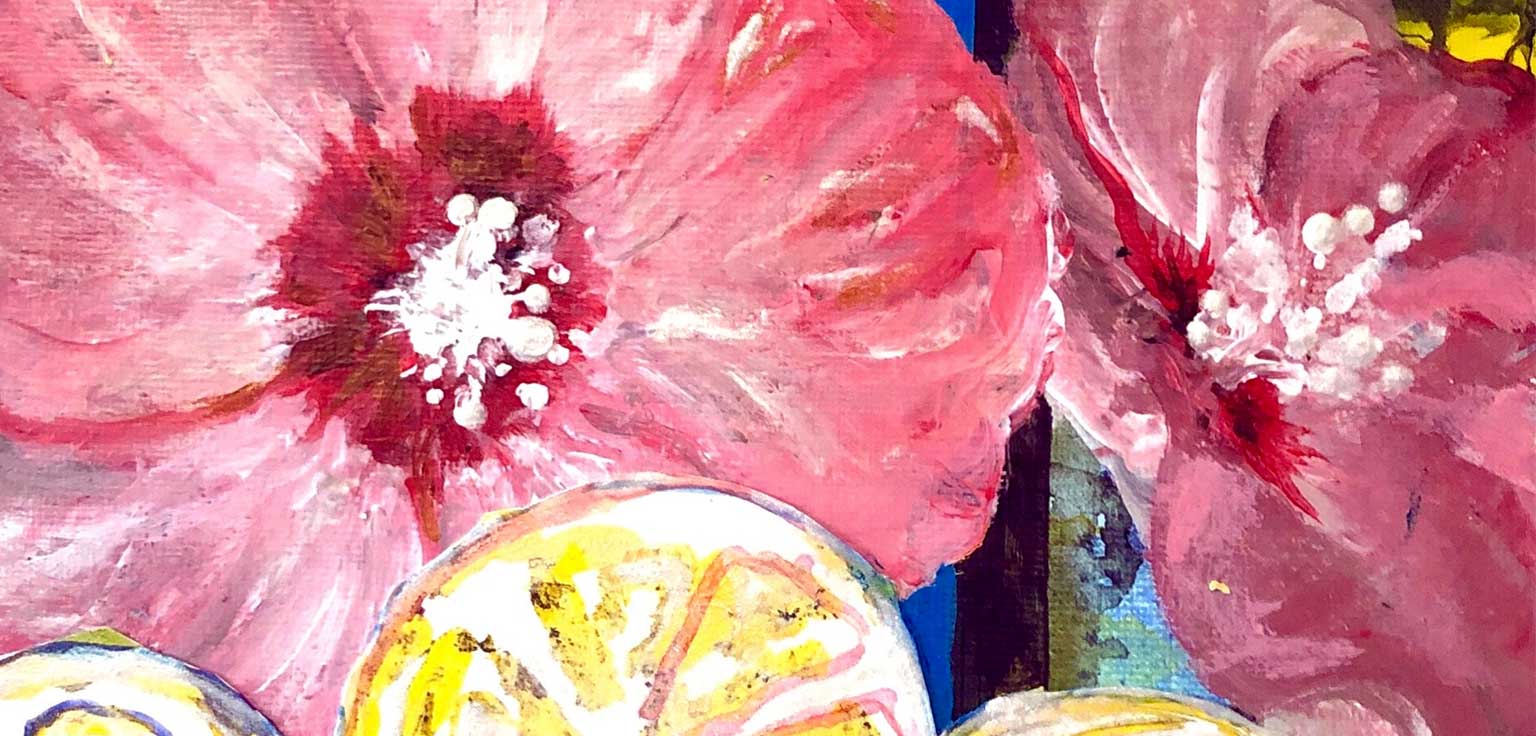In the vibrant tapestry of American culture, the threads of Asian and Pacific Islander heritage are rich, diverse, and deeply influential. As we celebrate Asian American and Pacific Islander Heritage Month, we turn our spotlight on an extraordinary artist whose work not only reflects their cultural heritage but also bridges the gap between tradition and modernity. Honored for their outstanding contributions to the arts, this artist embodies the spirit of creativity, resilience, and cultural pride.
Join us as we delve into the life, inspiration, and artistic journey of COCA Teaching Artist Maria Ojascastro whose creations continue to inspire and resonate within and beyond the Asian and Pacific Islander communities.
Can you tell us a bit about your background and how your heritage has influenced your journey as an artist?
Maria: I am a Filipino American. My parents immigrated from the Philippines to St. Louis as medical professionals when they were in their 20s. Later, I was born and raised in St. Louis along with my six siblings. I’ve never lived in the Philippines, but I’ve visited three times. When I was in college and graduate school, my travels to the Philippines, Jamaica, and Italy brought vibrant colors and textures of the landscape, architecture, and flora into my abstract artwork. Over the years, even when I tried to use pastel colors, simplified palettes, or just black and white, my art always became rich with hues that verge on garish and crowded with various textures.
Can you share any specific pieces of your work that are directly inspired by your cultural background?
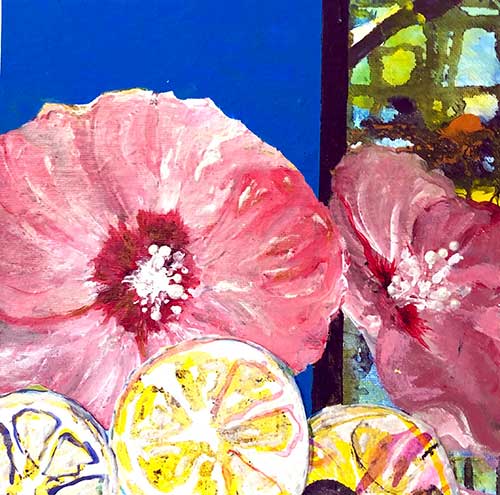
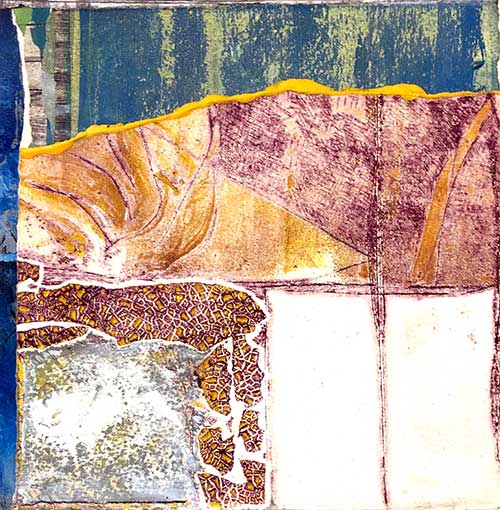
Are there any particular stories or messages from your culture that you strive to convey through your art?
Maria: My artwork layers prints, paint, text, and found objects as a meditation on resilience, salvaged from the relics of interrupted journeys. My resilience comes from being a daughter of immigrants who were significantly impacted by World War II when they were preteens. Even without family with them, my parents and other immigrants who came during the same time thrived when they moved halfway across the world.
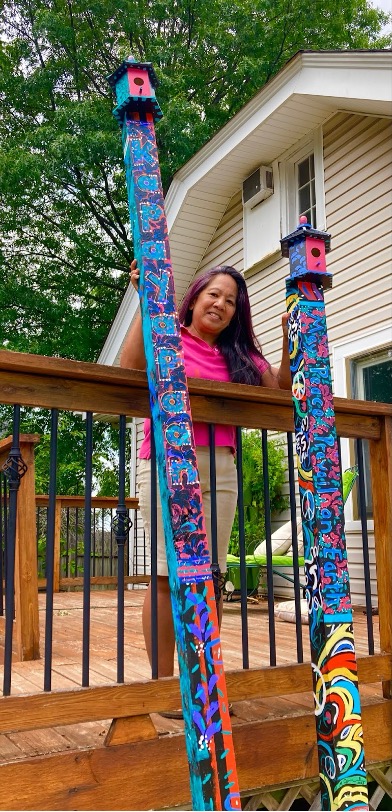
What legacy do you hope to leave behind through your art?
Maria: One of my favorite quotes is “To plant a garden is to believe in tomorrow.” I treat my garden like a large-scale installation that is a magical masterpiece to be shared with friends, family members, art for well-being students, and other artists. Although my parents and siblings have been a part of the medical profession, one of my grandpas was a farmer. When my dad was a young boy, he helped him sell vegetables in the farmers market. Today, I continue my grandpa’s and dad’s legacy in my home. It is a place where I grow food and flowers, and other artists come to create, surrounded by colors and textures inspired by my heritage. Long after I’m gone, the perennials will continue to grow for generations to enjoy, and I hope what I leave behind will continue to be a healing garden.
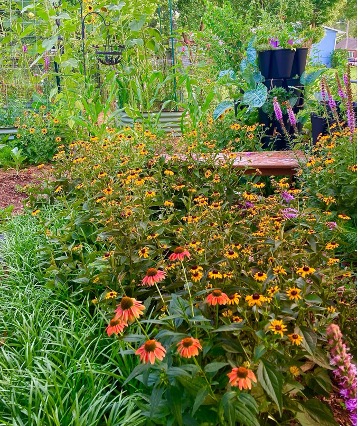
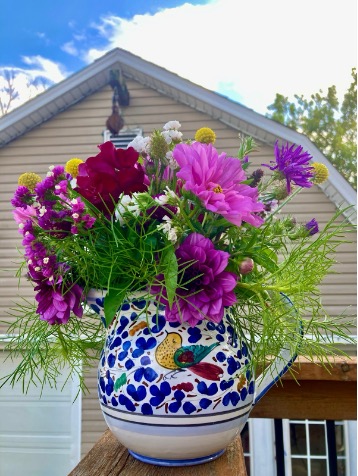
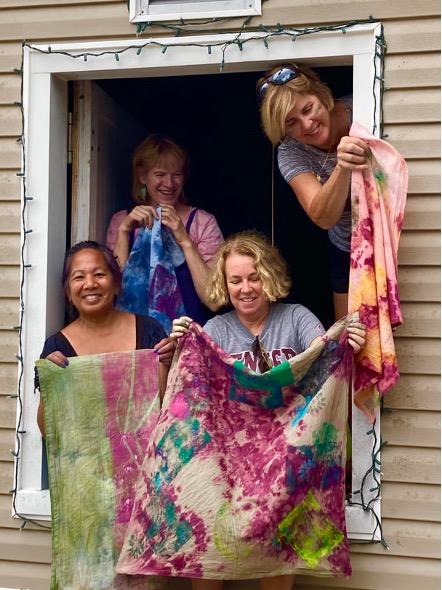
What advice would you give to young, aspiring artists from the Asian American & Pacific Islander community?
Maria: Many Asian and Pacific Island American artists are children of immigrants who were expected to choose a practical career. But we can be both practical and creative. I make my living as a teaching artist that gigs in cultural, mental health, medical, and educational institutions. My art and my career are always evolving. My advice is to use that immigrant work ethic with the American dream advantages to live your best life.
